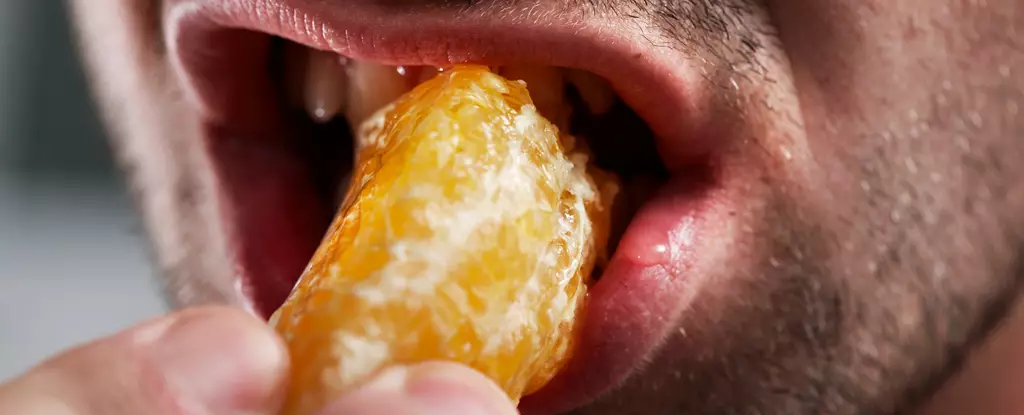Misophonia, the intense emotional reaction to specific sounds, is a condition that has been underreported and misunderstood. While many individuals may experience discomfort in response to certain auditory stimuli, those with misophonia have reactions that can be distressing and overwhelming. This phenomenon has recently attracted attention due to a 2023 survey that suggests its prevalence may be higher than previously recognized. Furthermore, new research indicates a potential genetic underpinning that aligns misophonia with other psychiatric conditions.
To comprehend the implications of misophonia, it’s essential first to define it. Misophonia is characterized by extreme aversion to particular sounds, which can include mundane sounds like chewing, slurping, or even breathing. For those who suffer from this condition, the reactions are not mere irritations; they can lead to profound emotional distress, anger, or even panic. The differentiation between general annoyance and misophonia lies in the severity of the reaction, which can disrupt daily functioning and impact social interactions.
The Genetic Research Behind Misophonia
In 2023, a collaborative effort led by psychiatrist Dirk Smit from the University of Amsterdam unveiled potential genetic connections linking misophonia to other psychiatric disorders, such as anxiety, depression, and PTSD. By analyzing databases like the Psychiatric Genomics Consortium, UK Biobank, and 23andMe, Smit and his colleagues discovered that individuals who identified as having misophonia shared certain genetic markers with those who experience tinnitus—a condition characterized by persistent ringing in the ears. This correlation raises intriguing questions about the biological mechanisms that may underlie both conditions.
Interestingly, the study highlighted that despite these similarities, misophonia does not necessarily originate from the same processes or biological mechanisms as PTSD or anxiety disorders. Nonetheless, the shared genetic risk factors suggest a common neurobiological framework that could benefit from integrated treatment approaches. The possibility of adapting PTSD interventions for misophonia treatment opens new avenues for therapeutic exploration.
Emerging evidence from the research indicates that individuals with misophonia often exhibit certain personality traits, such as neuroticism, guilt, and loneliness. These characteristics may not only exacerbate the response to triggering sounds but may also interact with the genetic predisposition toward this condition. The emotional turmoil surrounding misophonia seems to stem, in part, from a complex interplay of inherited traits and psychological factors. Research suggests that some individuals may internalize their distress, leading to a cycle of emotional pain linked to the sounds that trigger their discomfort.
The findings also present thought-provoking insights regarding the emotional experience of misophonia sufferers. It appears that the distress is intertwined with feelings of guilt associated with their irritation and anger towards the triggering sounds. This provides a crucial perspective in understanding the psychological dimensions of the condition, indicating that the source of suffering might not solely be the sounds themselves but also the emotional aftermath of these reactions.
An unexpected discovery within the research findings was the relationship between misophonia and Autism Spectrum Disorder (ASD). While individuals with ASD are generally known to have heightened sensitivity to sound, the study found that they are less likely to experience misophonia. This divergence suggests that misophonia and ASD may operate as distinct conditions, with different underlying genetic components. The notion that other forms of misophonia may exist—potentially influenced more by personal conditioning and emotional reactions rather than pure auditory sensitivity—is a fascinating point warranting further investigation.
The Need for Diverse Research Approaches
Despite the promising insights from Smit’s research, it’s important to note the limitations regarding the population studied. Since the data primarily consisted of European subjects, the genetics of misophonia may not be universally applicable across different populations. Additionally, the reliance on self-diagnosis rather than medical evaluation raises questions about the validity and reliability of the findings. Therefore, there is a pressing need for further research to explore the genetic and environmental factors influencing misophonia in diverse demographic groups.
The growing body of research on misophonia indicates a complex interaction between genetics, personality traits, and emotional responses. As understanding deepens, there is potential for developing targeted interventions that could significantly improve the quality of life for those affected by this condition. The conversation around misophonia must continue to evolve, encompassing broader studies and interdisciplinary approaches to unravel its intricacies.

